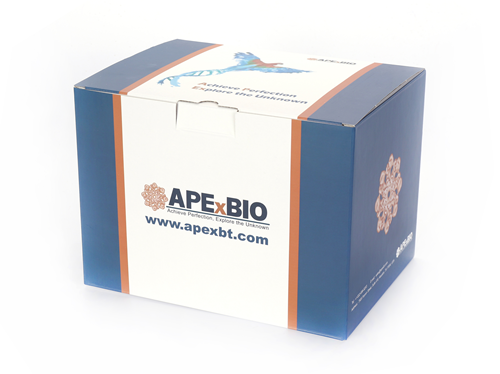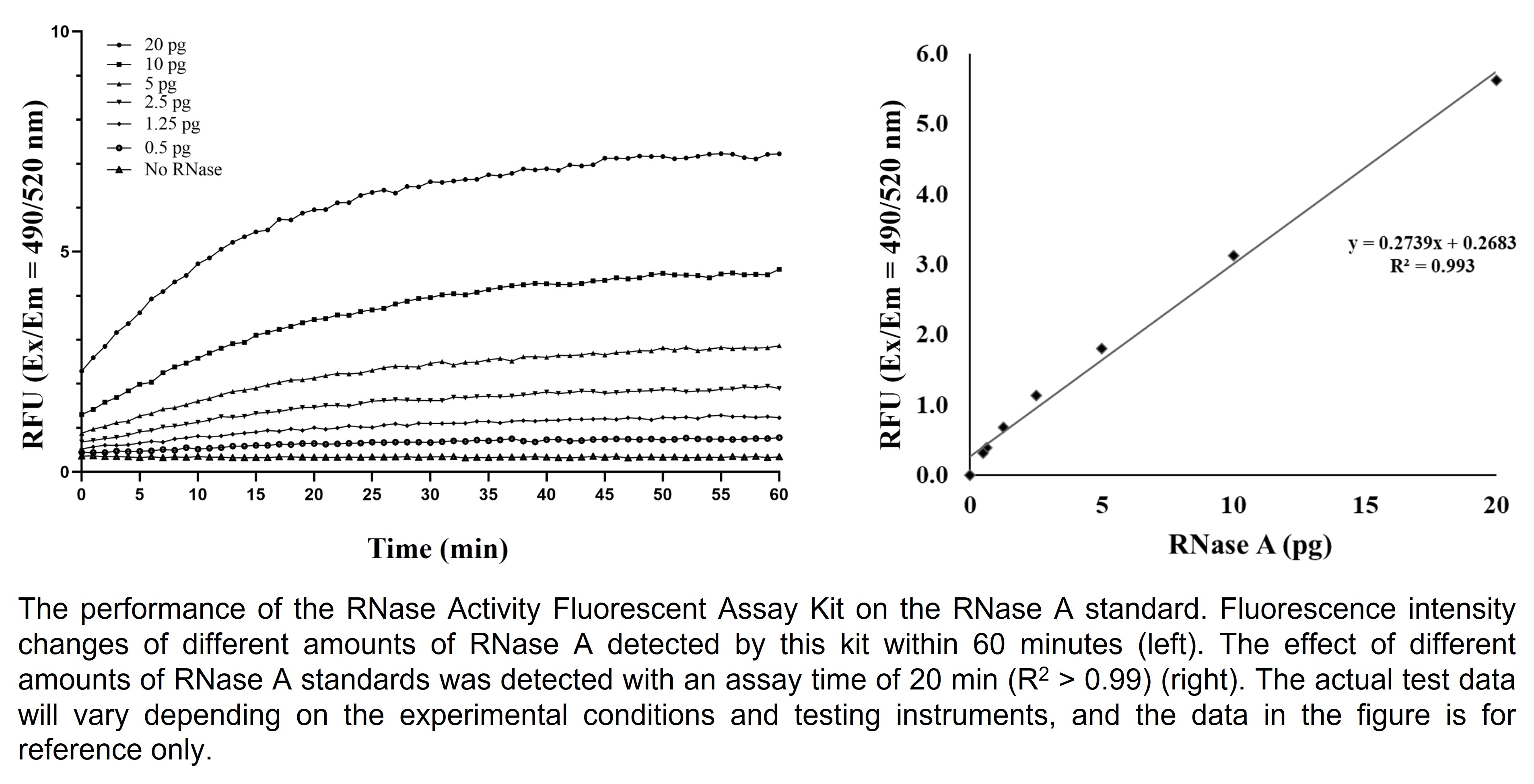RNase Alert kit
Rnases are a class of hydrolases that catalyze the degradation of ribonucleic acid (RNA) molecules into smaller components in vivo and in vitro. RNase enzymes can be divided into two classes: exoribonucleases and endoribonucleases. The most common RNases include RNase 1, RNase T1, RNase H, etc. Among them, RNaseI is mainly used to remove contaminated RNA from RNA samples, or improve the sample purity in some RNA purification experiments; RNase T1 can specifically cut guanine residues in RNA, and is widely used in RNA sequence analysis, structural study and preparation of short RNA fragments. RNaseH can specifically cut RNA in RNA-DNA hybrids, and has important applications in reverse transcription process, cDNA synthesis, antiviral research and RNA-DNA interaction research.
However, in molecular biology experiments, the presence of RNase may lead to the degradation of RNA samples, thus affecting the experimental results. For example, in the process of RNA extraction, RT-PCR or RNA purification, if the sample is contaminated by RNase, the RNA will become unstable, affecting the accuracy of the data. RNase is ubiquitous in the environment, with high concentrations in some biological materials, and often contaminates common molecular biological reagents such as reaction buffers, reverse transcriptase, RNA polymerase, and buffers used for RNA purification and storage. Since even trace levels of RNase contamination can severely disrupt RNA-related experiments, testing solutions in contact with RNA for RNase is an important precautionary measure before performing RNA manipulation.
RNase Alert kit is based on the principle of Fluorescence Resonance Energy Transfer (FRET) and can detect RNase activity with high sensitivity. In the kit, the fluorophore and quencher are closely paired to form an energy transfer pair. When RNase is present, the enzyme cleaves the RNA chain, causing a change in the distance between the fluorophore and the quencher, leading to the release of fluorescence from the fluorophore, which can be detected. By monitoring the changes in the fluorescence signal, RNase activity can be quantitatively analyzed in real-time, providing an efficient and accurate detection method. This kit is widely used in RNA research and enzyme activity analysis.
RNase Alert kit is a reagent that uses fluorescence to rapidly, sensitively, and specifically detect RNase A activity. The optimized RNase substrate probe can detect as low as 0.5 pg of RNase A activity and shows a good linear correlation within the range of 0-20 pg, with activity being quantitatively measured using a standard curve.
|
Components |
K1902 - 100 tests |
K1902 - 500 tests |
Storage |
|
|
RNase Alert Substrate |
1 tube |
5 tubes |
-20℃, protect from light |
|
|
10×RNase Alert Buffer |
1 mL |
5 mL |
-20℃ |
|
|
RNase A (10mg/mL) |
10 μL |
50 μL |
-20℃ |
|
|
TE Buffer (pH 7.0) |
1.5mL |
6 mL |
-20℃ |
|
|
Nuclease-free Water |
10 mL |
50 mL |
any temp* |
|
|
Shipping: Dry Ice Shelf life: 12 months |
||||








